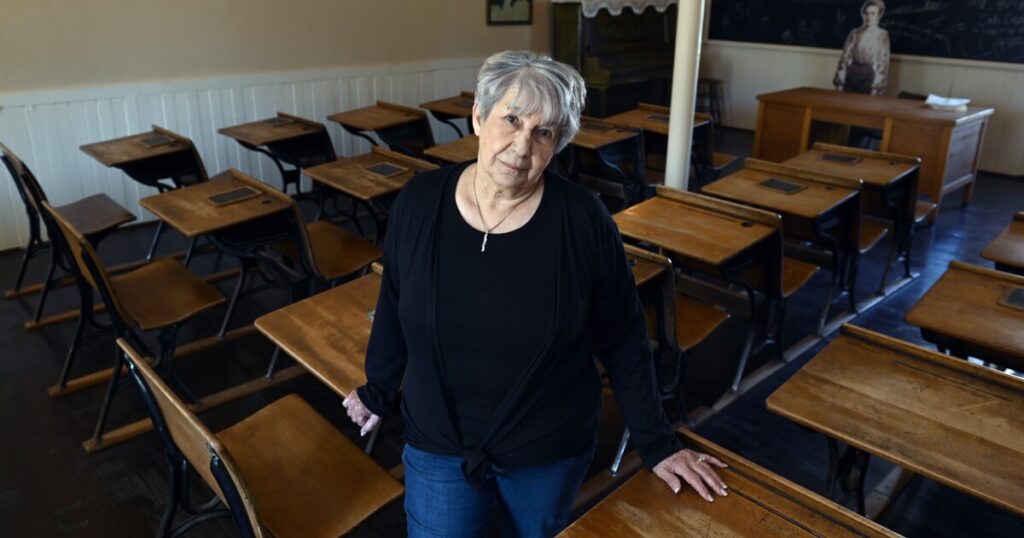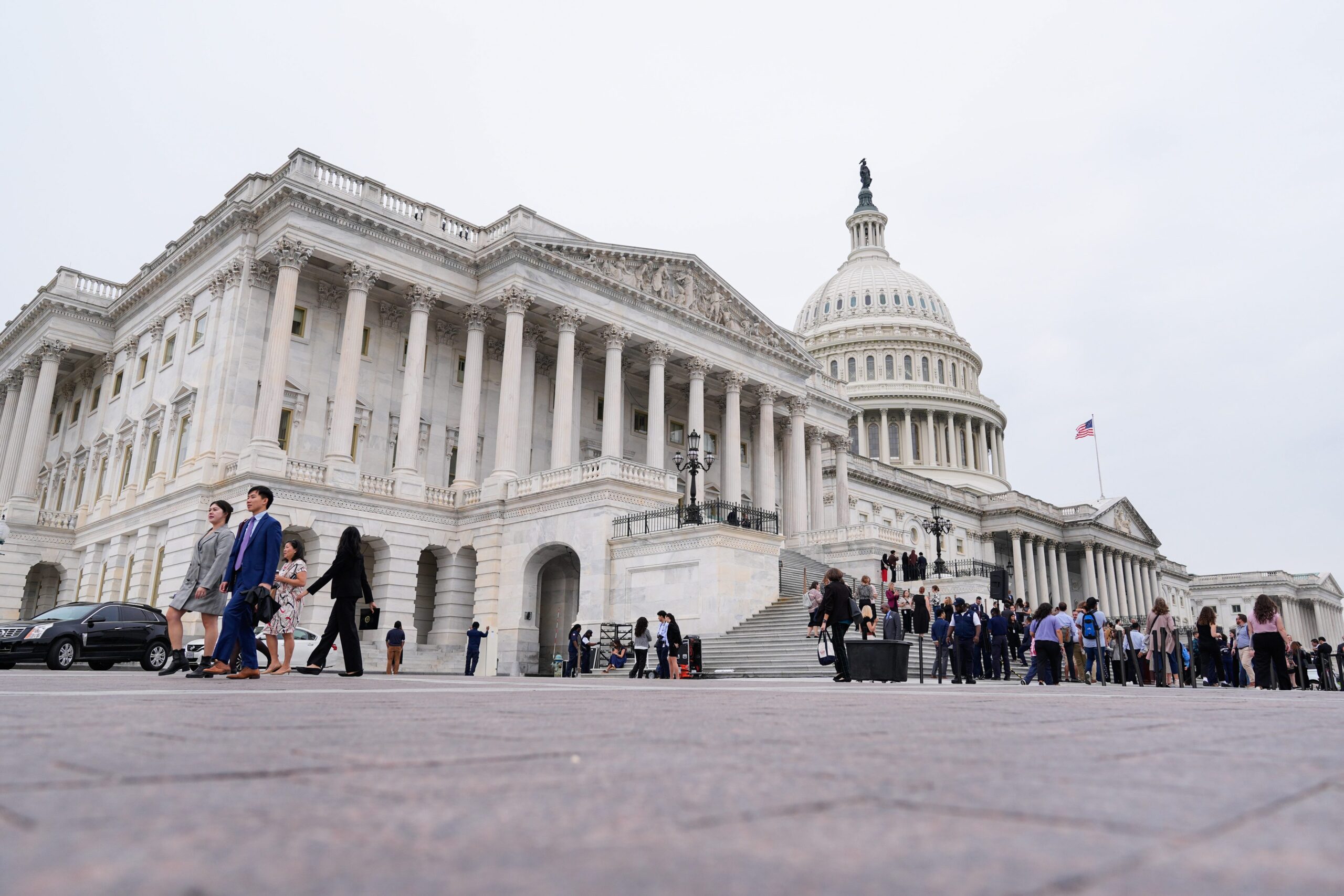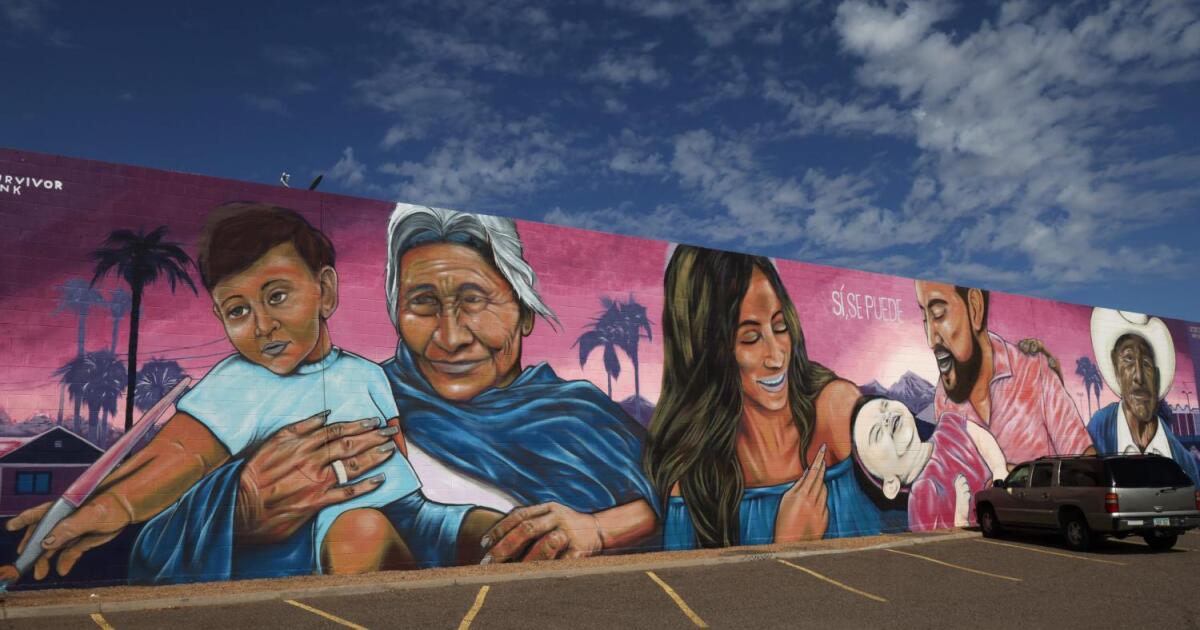Reflections on a Painful Chapter: The Legacy of Indian Boarding Schools
Ramona Klein vividly remembers the day she was sent to boarding school at just seven years old. “When I went to boarding school, I was 7,” Klein recounted to an audience in Washington, D.C., many wearing orange shirts in solidarity. “My parents didn’t see me — other than a little while during the summer — for four years. Some parents didn’t see their children for 12 years.”
From 1954 to 1958, Klein attended the Fort Totten Indian Industrial School in North Dakota, where she endured separation from her family along with abuse and neglect. Her experience is a stark reminder of the hardships faced by many Native children in federal Indian boarding schools. Klein, alongside others, is commemorating Orange Shirt Day to honor the tens of thousands of Native children affected by these institutions, which aimed to “kill the Indian … save the man.”
Observed annually on September 30 in Canada as the National Day for Truth and Reconciliation, Orange Shirt Day is gaining recognition in the United States. Earlier this month, Klein addressed attendees at a vigil held at the Indian Gaming Association conference center near Capitol Hill. There, the National Native American Boarding School Healing Coalition distributed orange T-shirts emblazoned with “Every Child Matters.” Klein, a Turtle Mountain Band of Chippewa Indians citizen, serves as the vice president of the organization.
Between 1819 and 1969, the U.S. government funded over 400 Indian boarding schools. Native children were frequently taken from their families and placed in these schools, often far from home, where abuse and neglect were rampant. A report by the Interior Department revealed that out of more than 60,000 students, at least 973 American Indian, Alaska Native, and Native Hawaiian children died at these facilities.
Klein described the abuses endured: “There was physical abuse, sexual abuse, emotional abuse, academic abuse, intellectual abuse and neglect.” She emphasized the importance of healing to prevent the trauma from affecting future generations.
The symbolic orange shirts pay tribute to Phyllis Webstad of the Stswecem’c Xget’tem First Nation. As a child, Webstad attended a Canadian boarding school where her cherished orange shirt, gifted by her grandmother, was confiscated on her first day. She now shares her story to highlight the lasting impact of these institutions.
For Indigenous students today, observing Orange Shirt Day is a means of acknowledging and rectifying the misuse of education as a tool of oppression. “This was a genocide. We survived, we are resilient,” stated Nani Mahkuk-Guaman, a student leader at the University of Minnesota Morris, a campus with a history as a federal Indian boarding school from 1887 to 1909.
Mahkuk-Guaman, a Menominee Tribe of Wisconsin and Winnebago Tribe of Nebraska descendant, sees these observances as a way to create positive memories in a place historically marked by suffering. “Honoring boarding school survivors is a way for us to heal,” she said, acknowledging the experiences of her family members who attended such schools.
For decades, the atrocities of U.S. boarding schools remained hidden or unacknowledged. It wasn’t until 2022 that the federal government began accepting responsibility for its role. Many survivors have been hesitant to share their stories, even with close family members.
Klein and others stress the importance of speaking out. “If we don’t remember what happened, it’s going to get lost,” said Klein, 78. “I’m closer to the end of life than the beginning of life, so I have to get busy. I have to stay busy so that it’s not forgotten. … We remember all of the survivors, all of the kids who didn’t go home.”
—
Read More Arizona News










